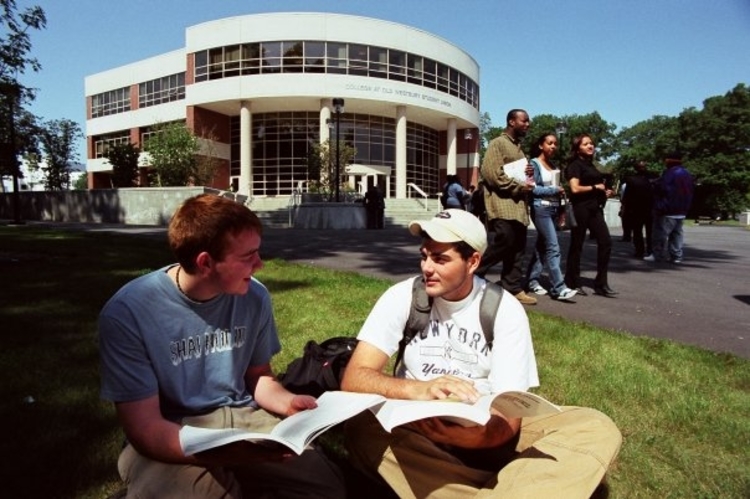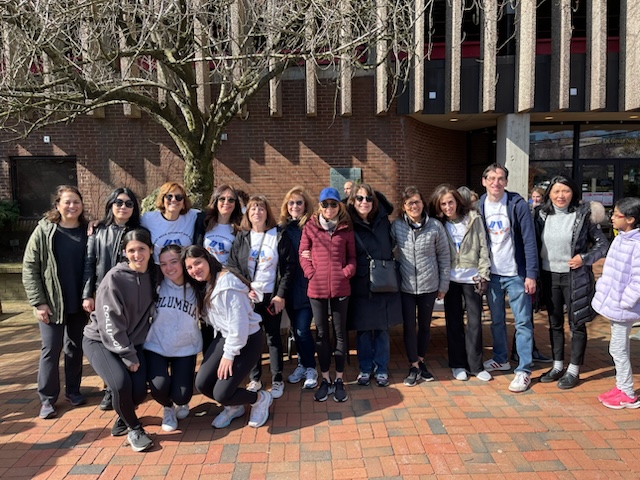While most Americans view higher education as a positive force in society, an increasing share view colleges and universities with suspicion. Some commentators even question the value of going to college.
Some of these attitudes are based on controversies about college admissions and who gets in, concerns about costs, and the amount of student debt. In response, some people advocate for the elimination of legacy preferences in admission, free tuition, and forgiveness of debt.
Those who complain about too many people going to college probably do not mean their own children. There is evidence that a college education is highly correlated with higher income, lower unemployment, better health, and more civic engagement. Nevertheless, there is a problem with college. The four-year graduation rate for students attending public colleges and universities is 33.3%. The six-year rate is 57.6%. At private colleges and universities, the four-year graduation rate is 52.8%, and 65.4% earn a degree in six years. The rate for proprietary colleges is much lower.
Colleges need to pay more attention to student success; parents and students need to have better information about the fit between the candidate and the campus; and we should have different educational pathways and forms of credentials for those not ready for college.
Another controversy is related to the use of family connections in deciding who to admit. For most institutions, which are less selective in admissions, this is not an issue. However, in any given year, over one-third of Harvard’s, Penn’s, Princeton’s, and Brown’s freshmen are children of alumni. Most advocates for legacy admissions cite fundraising as a primary reason for the practice, yet a major study found that this is not the case.
Those against legacy admissions argue that the practice tilts the scales in favor of the already advantaged and denies access to talented but low-income students. While colleges should do more to open access to students from all backgrounds, the odds are that the freshmen spots opened by Amherst’s decision to eliminate alumni preferences will go to other students from affluent neighborhoods. Why? Because the relationships between readiness for college and high academic credentials is strongly correlated to family income.
I think a better argument against the practice of preferential treatment for the children of alumni is to question its ethics. Is it ethical for an institution benefiting from a public charter, tax-exempt status for its operations, tax-exempt bonding, and tax-exempt donations to reserve a large percentage of admission spaces to those with family connections? That is the ethical question, and on these grounds the practice is not defensible.
Instead of decrying legacy admissions because we want more talented but low-income students to gain admission to highly selective and prestigious institutions, which are unlikely to increase the size of their entering classes, we should be advocating for different polices. These include increased financial assistance to students and families based on their income no matter where they go to college and improving the funding of public colleges and universities so that the student experience can be more successful and beneficial.
However, another controversy involves these same public universities. While their tuition is already subsidized to less than one-half the tuition at private institutions, there are many who advocate for “free” tuition at public colleges. This would be a further subsidy for affluent families whose children, by dint of the correlation between family income and student achievement, are already crowding out lower-income students for whom the institutions were created.
Still another cause for ethical concern is the call to forgive college debt. Yes, the amount of $1.7 trillion is a huge amount. But before deciding to forgive, let us know who holds the debt.
According to recent reports, the majority of student loan debt is held by households that have higher earnings and a graduate degree. For example, the highest-income 40% of households (those with incomes above $74,000) owe almost 60% of student loan debt. These borrowers make almost three-quarters of student loan payments. The lowest-income 40% of households hold just under 20% of student loans and make only 10% of the payments.
Most undergrads finish college with little or modest debt: about 30% graduate with no debt and about 25% with less than $20,000. Despite horror stories about college grads with six-figure debt loads, only 6% of borrowers owe more than $100,000—and they owe about one-third of all the student debt. Since the government limits federal borrowing by undergrads to $31,000, those who owe more almost always have borrowed for graduate school. Borrowers with advanced degrees represent 27% of borrowers and would get 37% of the benefit if loans were forgiven.
Loan forgiveness proposals raise questions of fairness: Is forgiving all or some outstanding loans fair to those who worked hard to pay off their debts? Is it fair to taxpayers who did not attend college? For-profit college students have the highest levels of debt, the lowest graduation rates, the highest loan default rates, and the worst job placement rates. They need help, but why not “claw back” funds from the owners and managers who “earned” millions of dollars from predatory practices. Let the owners pay instead of asking the American public to bail them out?
We should advocate for ethical and effective public policies and not be swayed by well-intentioned but unfair solutions. Good public policies require fact-based analyses. Only then will be able to address the ethics of legacy admissions, “free” tuition, forgiving college debt, and the value of college attendance itself.
Robert A. Scott is President Emeritus and University Professor Emeritus of Adelphi University and author of How University Boards Work.
Sign up for Long Island Press’ email newsletters here. Sign up for home delivery of Long Island Press here. Sign up for discounts by becoming a Long Island Press community partner here.

































